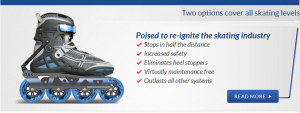What it is and Where it Originated
Roller derby is now a popular contact sport with over 1,250 amateur leagues in various countries in the world. Basically, it’s played by two opposing teams that are composed of five members each. Both teams are placed in the same track and they must roller skate in the same direction. The object of the game is to score points by lapping any member of the opposing team and this is usually done by a jammer. The jammer or the scoring player is designated by the team and it’s commonly the strongest player in the group. Every team member must protect and assist their jammer while preventing the opposing jammer from scoring. This sport requires good planning in terms of offense and defense strategies.

